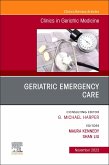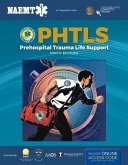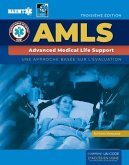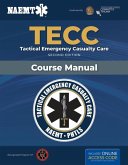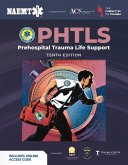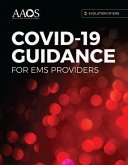Each year in the United States, approximately 40 percent of all emergency medical services (EMS) calls are for geriatric patients experiencing acute medical disorders, trauma, or exacerbations of chronic disease, and future EMS calls for this population will sharply rise. In fact, the number of people 80 years of age and older globally is expected to triple by 2050. The National Association of Emergency Medical Technicians' Geriatric Education for EMS Course Manual prepares prehospital practitioners to respond to, assess, and care for this fast-growing patient population. Geriatric Education for Emergency Medical Services, Third Edition is an engaging educational resource that practitioners can consult after the course to help them provide the best care for older adults in every community.A Comprehensive Approach to Geriatric CareThe GEMS program helps EMS practitioners learn to conduct a comprehensive assessment of geriatric patients. Because the aging process affects all body systems, NAEMT's course provides an overview of changes that occur as people age and describes how those changes can impact patient presentation. Completing a full assessment that integrates and responds to differences in geriatric pathophysiology is critical to recognizing and responding quickly and effectively to the critically ill or injured older adult. Additionally, incorporating the GEMS Diamond (Geriatric, Environmental, Medical, and Social assessments) can help practitioners formulate a holistic diagnostic and treatment approach.This new GEMS course manual includes chapters that address the following topics: - Changes with age and assessment of the older patient - Polypharmacy and Toxicity in Older Patients- Respiratory Emergencies- Cardiovascular Emergencies - Trauma- Other Medical Disorders- Neurologic Emergencies - Elder Maltreatment and Psychosocial Emergencies- End-of-Life and Palliative Care- Disaster Triage and Transporting Older Patients- Left Ventricular Assist Devices- Skin Disorders- Ventilators- Urinary Catheter and Colostomy Bag Care- Implantable Cardioverter DefibrillatorsThis print course manual comes with an access code for the course manual's eBook.The GEMS Course Manual, Third Edition is required for NAEMT's GEMS, Third Edition course.
Hinweis: Dieser Artikel kann nur an eine deutsche Lieferadresse ausgeliefert werden.
Hinweis: Dieser Artikel kann nur an eine deutsche Lieferadresse ausgeliefert werden.


